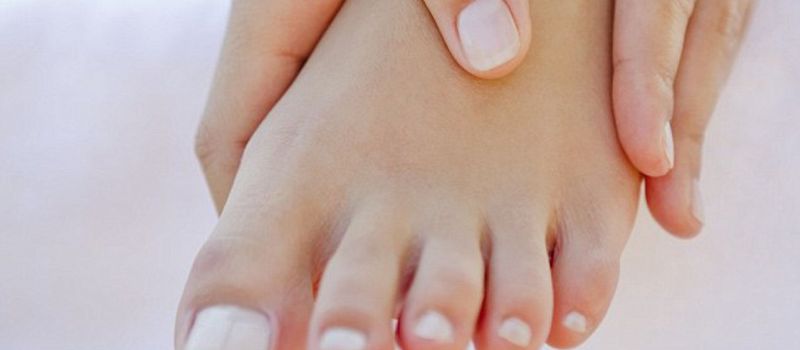Management of Onychomycosis
By Canada Cloud Pharmacy | Published Wednesday 14 October 2020

What is nail fungus?
Fungal infection of toenail is caused by dermatophytes, yeasts, and non-dermatophyte molds. It is also called onychomycosis. Fungal toenail infection affects the part of the nail or the entire toenail involving the nail plate, the nail bed, and the nail matrix. Onychomycosis causes discoloration and distortion of part or all of the nail unit. It also causes pain, difficulty in walking, and other activities. Sometimes, the nail may get separated from the nail bed.
Can nail fungus be cured?
Usually, dermatologists start therapy by cleaning and trimming the infected nail. The pharmacological treatment of toenail fungus depends on the severity of the infection. Topical therapy is safe and has fewer side effects than oral therapy. With most topical treatment options, nails are painted with medicated nail laquer daily or weekly and treatment may continue up to a year. Oral treatment is reserved for severe infection because of side effects and interaction with other drugs. Oral medication needs to be taken for 3-4 months to allow infection-free nail to grow and slowly replaces the infected areas.
Options for therapy include:
- Topical medicated cream: Loprox (Ciclopirox), Lamisil (Terbinafine) and Tavaborole.
- Medicated nail lacquer: Jublia (Efinaconazole 10% solution), Penlac, and Loprox Nail Laquer (Ciclopirox).
- Oral antifungal medication: Sporanox (Itraconazole), and Diflucan (Fluconazole).
- Laser treatment for removal of damaged skin
What are the side effects of medications used for onychomycosis treatment?
Oral antifungals medications cause general side effects, like gastrointestinal upset (diarrhea), rash, and respiratory complaints. Terbinafine may also cause loss of taste, smell, or hearing, but are usually temporary/reversible. Treatment with Jublia may cause redness, itching, swelling, burning or stinging, blisters, and pain.
How to prevent fungal nail infections?
- Always wash your feet with soap and water, and dry well. Ensure that you are using clean tools for trimming the nails. Use rubbing alcohol to clean the nail-trimmer. Trim the toenails, straight across and keep them shorter than the end of the toe.
- Wear socks that absorb moisture and keep your skin dry. Change socks regularly.
- Use well-fitting shoes, preferably the one that allows to air move through it.
- Always wash your hands thoroughly after touching the infected nails.
- Avoid being barefoot in public places.



 Canadian Company
Canadian Company 



 Sign In
Sign In
 Home
Home 
 About Us
About Us 
 How to order
How to order 
 Products
Products 



